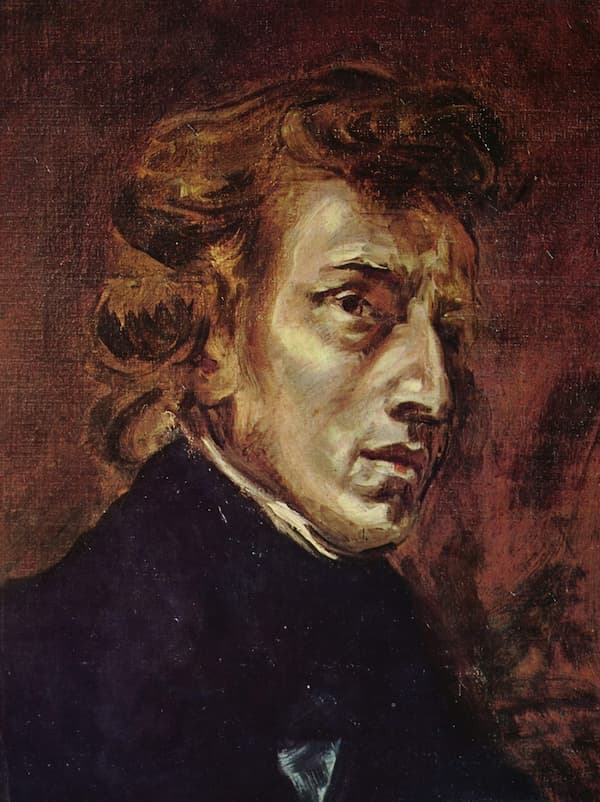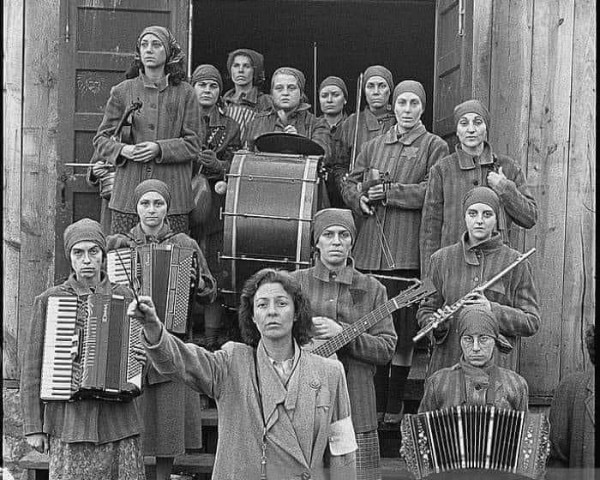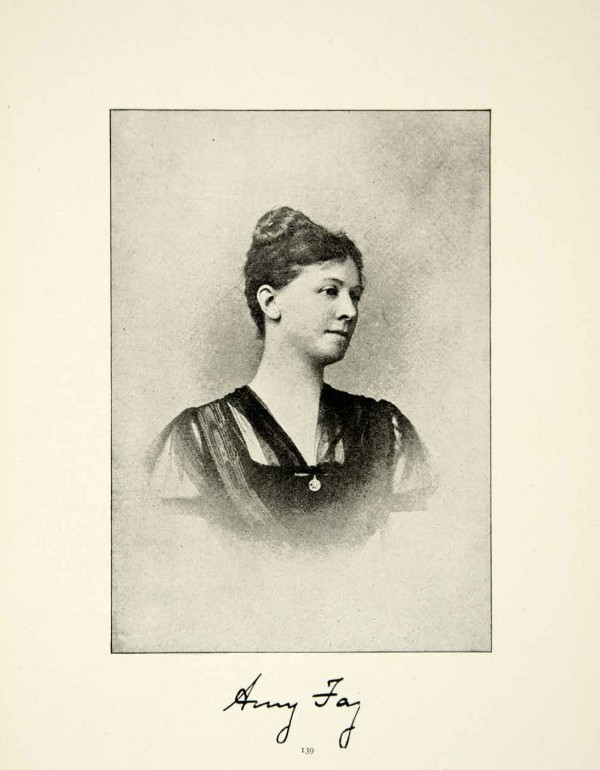In recent decades the medium of video games has become a place for astonishing visual art, innovations in storytelling, and a conveyer of every kind of gameplay experience imaginable. For lovers of classical music, particular games stand out for their exceptional compositions and thoughtful sound design. Here are three of my favourites.
The Last of Us Part 1 (2022)
Not for the faint of heart or the gore-averse, The Last of Us is a zombie apocalypse game that first came out in 2013 and has since become a cultural phenomenon in and of itself, translating into a multi-series retelling on HBO starring Pedro Pascal and Bella Ramsey. The franchise’s strength lies in its reimagining of the nature of zombies with the concept of an intelligent, parasitic fungus called Cordyceps, inspired by an episode of the BBC documentary Planet Earth featuring fungi. The game’s enduring appeal is likely owed to the richness of its characters and the beloved pseudo-paternal relationship between survivors Joel and Ellie. The way the game requires the player to exist within and interrogate a morally grey space as they play lends the story an emotional depth that counterbalances the world’s inherent violence. The game isn’t without brief moments of gentleness and humour, such as the sighting of giraffes roaming about an abandoned city or Ellie’s relentless sharing of puns in quieter scenes.
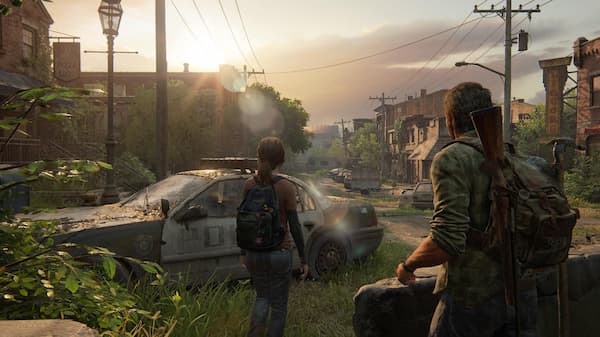
The Last Of Us screenshot
Predominantly known as a film composer, Gustavo Santaolalla authored the game’s soundtrack. Known for his scoring of Brokeback Mountain and his collaborations with director Alejandro González Iñárritu, Santaolalla’s work is distinct for its focus on the guitar, whether be cleanly mic-ed electric guitar harmonics or scuffed fingerstyle acoustic. His interest in Argentine folk, psychedelica, and jazz-rock is subtly transmuted in his scores, as well as choice inclusions of famous classical pieces, such as the use of Maurice Ravel’s piano concerto in G, second movement Adagio assai in the film Biutiful (2010). In his score for The Last of Us, a lilting, forward-driven 6/8 rhythm accompanies an inquisitive and lonesome guitar melody, developing in pitch reiteration and harmonic shift from minor to major in a way alluding to the soundscapes of the Wild West, in homage to the character’s arduous journey across a desolate, dystopian America.
Journey (2012)
A great game for those seeking a contemplative, non-violent, and otherworldly experience, Journey allows one to glide and float as a robed figure through a vast, strange desert. The creature you play as, as well as its language, technology, and history, are all abstract, creating an ongoing sense of mystery. In an interesting mechanic, players encounter other players who are at the same stage as themselves and may work together wordlessly, unable to communicate (except by chime) or learn each other’s names until the credit sequence.
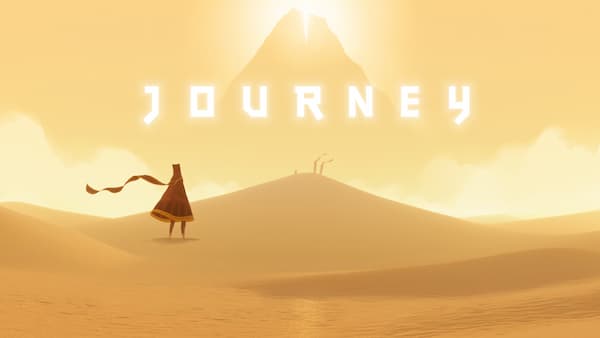
Journey mainscreen
Austin Wintory’s Grammy-nominated score features gentle harp, warm flute, gentle string pizzicato, washes of synth, playfully rhythmic woodwinds and cello, and a colourful variety of percussion to create a meditative sound world with an orchestral quality and breadth.
The Long Dark (2017)
In the universe of The Long Dark, written by Raphael von Lierop and published by Hinterland, geomagnetic storms have caused the appearance of powerful, frequent Northern Lights in the sky and have rendered any manmade systems that require electricity useless. As a result, civilization has broken down on the remote Canadian Island of Great Bear, afflicted by a permanent, harsh Winter. Gamers can choose to play in a story mode as Will Mackenzie, stranded bush pilot undertaking a quest with estranged wife Astrid, or in Survival mode in which the aim is only, indeed, survival.
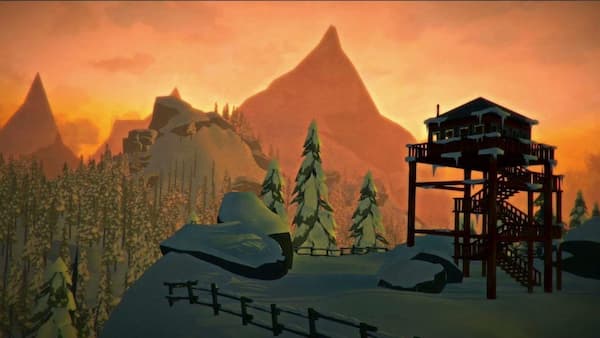
The Long Dark © Wallpaper Cave
Natural conditions are harsh in the game, and players must forage, craft, hunt, and read nature’s cues in order to survive. However, alongside tussles with wolves and sheltering from blizzards, the game has a gentler, contemplative side, with a wonderfully nuanced natural system that creates realistic wind, trees, wildlife, sunsets, sunrises, and starry nights. As such the game is often incredibly beautiful, the raw power of nature underlining the poignant surviving fragments of human life. In the game, death is not a possibility but an inevitability, though certain die-hard fans have survived an impressive number of days. At the heart of the game is the idea of human frailty and the challenging of hubris.
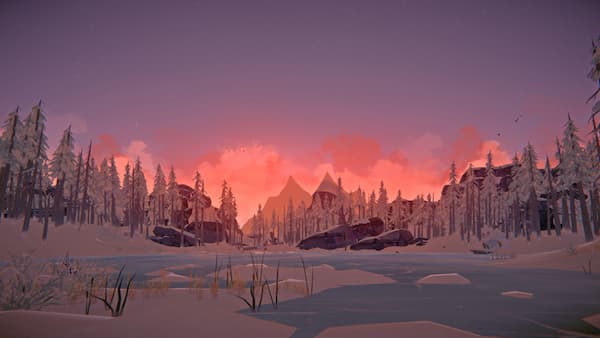
The Long Dark screenshot
In response to this beautiful, unforgiving, and dangerous world, composers Cris Velasco and Sascha Dikiciyan created a classically inflected score that centres on strings and piano, particularly cello. In survival mode, the composers created distinct cues for fog, nightfall, the aurora, clearings, and the onset of storms; there is even a distinct cue for when the player makes a long trek. The overall atmosphere is claustrophobic and yet evocative of emptiness and space, the constricted pitch palette and short string motives laid over echoing electronic effects.
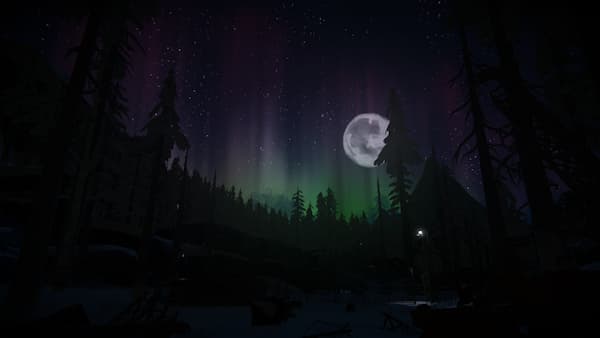
The Long Dark screenshot
At time mournful string duets have an almost Bach-like quality in interplay, harmony, and figure. The piano, meanwhile, stays almost entirely in a low bass register, grounding the cello’s mournful treble intonations. In total, the composers created an hour and forty minutes’ worth of original compositions and cue-music, ensuring a better-than-cinematic standard of auditory gameplay.
For more of the best in classical music, sign up for our E-Newsletter

